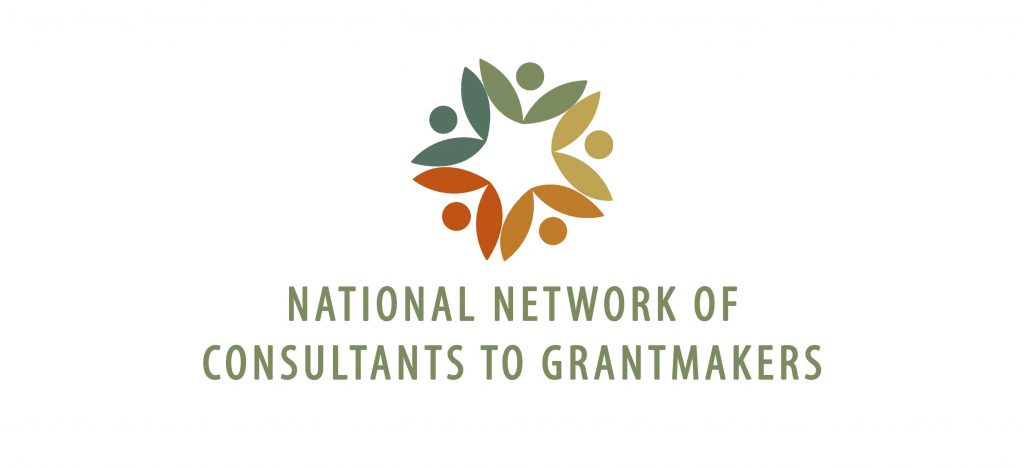This is a guest post by NNCG Member Firm Advocacy & Communication Solutions. It was originally posted on their website, and is shared here with permission.
 Our brains process about 11 million bits of information every second, however, we only consciously process about 40 to 50 bits!
Our brains process about 11 million bits of information every second, however, we only consciously process about 40 to 50 bits!
If you are facilitating or presenting, that means you have a tall task to break through the brain clutter. Have no fear. ACS combined time-tested tips for successful facilitations and presentations.
10 Steps to Prep for Your Facilitation
The best facilitation sessions are well thought out and planned in advance. ACS has found this to be true, even more so with virtual facilitation. Although not always possible, ACS recommends you start a month before your session and work out a timeline of what you need to do leading up to the presentation, the day of the presentation, and following the presentation.
3-4 Weeks Before
Determine the objective of the facilitation session; identify challenges and barriers; set the agenda; determine who will set up the room (or Zoom) and handle tech needs.
2-3 Weeks Before
Design the session; outline discussions and activities to help the group reach its goals; identify an appropriate icebreaker; set the group ground rules for discussion; line up assistance with timekeeping, recording/note taking, and introductions.
2 Weeks Before
Determine if any materials will be distributed prior to the presentation via email, printed copies, or shared drives; confirm who will distribute materials to the group; develop a source document to guide your presentation.
3-5 Days Before
Have a prep call with other presenters; practice how you will introduce topics or materials to the audience; confirm logistics; send out agenda and materials.
1-3 Days After
Debrief with the facilitation team; send thank you email, materials, and answers to questions from the session; follow up with important stakeholders who missed the meeting.
Use these time-tested questions to help guide your facilitation planning.1) What is the objective of the facilitation? Reflect on what you need to accomplish. Do you need to gather input? Is this part of a series or a one and done? 2) What decisions must be made? Be clear with participants ahead of time about what decisions need to come out of the session. 3) What must the agenda include for the group to meet the objectives of the facilitation? Make time for ice breakers, brainstorming, and breakout sessions. 4) What exercises will you use to bring the group to consensus? Different tactics like dot voting or now-next-future buckets can help organize ideas. 5) How do you need to set up the exercise? Gallery walks and round robins can help socialize ideas among participants. For a virtual setting ACS uses Jamboard or Mural to create an in-person group setting feel and to accomplish the same results. 6) Who is the audience? Identify who will be in the room and be aware of their goals and priorities. 7) How many people will participate? Will you have a small group or a large group? Customize your facilitation based on group size. 8) Have your participants met before? Depending on the stage of group development, your participants may need some time to warm up and to get to know each other. Plan for that. Ice breakers come in handy. One ACS team member uses a fun question to ask the group to get everyone warmed up. For example, ask folks to pick an object in the room/house that brings them joy to share and describe. Another option is, “Where do you want to take your first vacation after COVID?” and “If you could be anywhere in the world right now, where would you be?” 9) What questions and challenges do you anticipate? Plan ahead so you’re equipped to work through challenges and questions. If questions or comments are off topic, set those aside and address them later. 10) Are there disrupters? Quiet people? Naysayers? People who just like to hear themselves talk? Be prepared to help redirect the conversation or help open people up who may be reluctant to share ideas. These challenging participants can be particularly difficult in a virtual setting. ACS utilizes the chat box and will call on people directly that have stayed silent during a facilitation to ensure their voices have a chance to be heard. For participants who are disruptive or naysayers, ACS tries to redirect them back to the material or topic or moves on to another topic to calm that person down and will revisit it later. |
Need more? Use our Facilitation Planning Checklist.

